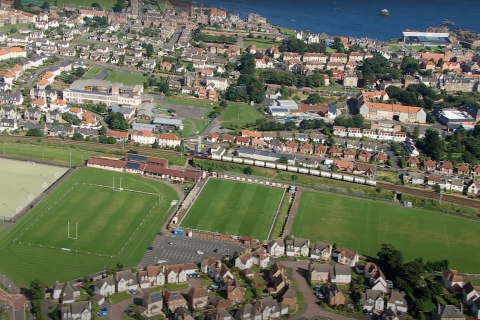North Sea Port maintains rail share despite persisting challenges

In a time when rail is continuously challenged in Europe, the cross-border North Sea Port with locations in Belgium and the Netherlands maintains the share of rail freight in its operations. Transportation of goods to and from the multimodal port via rail accounted for ten per cent of the total traffic in 2022. The percentage did not grow but remained the same as in 2021, despite hurdles mainly concerning the pricing of rail services.
For the Belgian-Dutch port, this is a reason to celebrate since its rail operations were not impacted heavily by the overall slowdown and the slightly decreased market share noticed in rail freight across Europe. However, another reason for cheering comes from inland shipping, another green transport mode that increased its freight transport share to 60 per cent. The results come from a survey that the North Sea Port launched among the companies using its facilities.
More rail in the plans
The North Sea Port always retained its ambition of becoming a true multimodal hub in Western Europe. This ambition leads it to develop rail freight consistently with a vision to acquire as many train services as possible by improving infrastructure and acquiring new rail links.
One of the latest developments in this regard concerns the 3.4 million euro funding that the North Sea Port received from CEF to develop the direct rail link between Terneuzen (NL) and Ghent (BE). On top of this EU funding, the Dutch and Belgian governments have also pledged approximately 240 million euros for the construction of this rail link, according to the North Sea port.
However, there’s more than that since the cross-border port is simultaneously undertaking other equally important projects. For instance, the plans include a new border-crossing railway line east of the Ghent-Terneuzen Canal between Zelzate (BE) and Axel (NL). Building a railway line east of the canal would relieve some pressure from the line on the west bank of the Canal as well as create additional capacity for more trains to run.
Moreover, the port aims to build a new railway arch east of the Sluiskil Bridge, a few kilometres south of Terneuzen. The bridge is expected to reach its maximum capacity by 2030, thus hindering the further growth of rail freight. Apart from ensuring enough capacity, the arch would also ensure that trains from the Axel Plain would be connected to the European network without deviating their route through Terneuzen.
The third and final project undertaken in the North Sea Port concerns establishing a rail connection at the Kluizendok in Zandeken, 20 kilometres north of Ghent. This new railway section would solve the problem of granting access to the Zandeken bundle to trains to and from the Zeeuws-Vlaanderen in the south of the Dutch region Zeeland.




